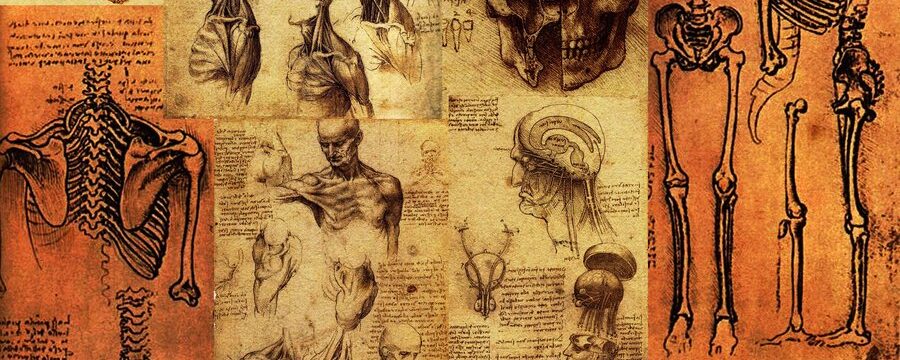SOAP Note Exercise
Case 1
CC: Sudden onset substernal chest pain that “woke me up “and lasted until now (about 45 mins)
HPI: 70 y/o man with h/o hypertension, hyperlipidemia, 40 pack-years smoking history, and brother who died of MI at 60y/o brought in by ambulance to the ED with c/o substernal chest pain. The pain is described as pressure-like and radiating to the left arm and jaw, accompanied by nausea, diaphoresis, and shortness of breath. Nitroglycerin was administered sublingually, but only provided temporary relief. Aspirin was given to the patient to chew in the ambulance.
PE:
VS: BP 150/70, HR 110, Temp 37.1 ͦC, R 30 Pulse oximetry: 96% on room air
Gen: obese, pale, diaphoretic patient
Lungs: clear to Auscultation and Percussion
Heart: RRR, S4 gallop noted
Ext: No cyanosis or edema
Labs:
CBC: Hemoglobin & hematocrit normal, WBC 11,000 (slightly high)
Electrolytes: Normal
Troponins: Troponin T and I are elevated
CK-MB: normal
EKG: sinus tachycardia, elevated ST segments in leads II, III, and AVF
Assessment: Acute Inferior wall MI
Plan: Start Morphine drip IV, O2 via nasal cannula, Metoprolol, urgent transfer to interventional cardiology lab
The patient has a balloon angioplasty and stent placement and is transferred to the telemetry unit for monitoring. You see the patient the next day and need to document your visit in a progress note in the SOAP format. [See next page for information you need to write it]
The next day you visit the patient and must write a progress note to include the following:
A very brief synopsis of what occurred the day previously
His current medications:
Aspirin 81 mg orally, once a day
Plavix 75 mg orally, once a day
Lopressor 25 mg orally every 12 hours
His report of his condition today: much more comfortable. No pain, no shortness of breath. Some mild fatigue when walking from room to nursing station
The EKG this morning shows normal sinus rhythm with no ST elevations and no Qwaves
The physical exam which includes: HR 72, BP 130/70, R 24, Temp 37.4 ͦC
General: appears comfortable.
Extremities: peripheral pulses are slightly diminished and 1+
Heart: Regular rate and rhythm, no gallops or murmurs
Lungs: clear
Groin: femoral pulses intact and 2+ . No hematoma
You believe he is doing well and that the same plan should be continued for now. You would like the nurse to check his vital signs every 4 hours for one more day and then every 8 hours.
If all goes well, patient is without chest pain and VS are stable, he can be discharged to home in 3 days.
SOAP note for the visit:
Subjective:
70 y/o man with h/o hypertension, hyperlipidemia, 40 pack-years smoking history, and brother who died MI at 60 y/o brought in by ambulance yesterday c/o pressure-like substernal chest pain that radiated to the left arm, along with nausea, diaphoresis, and SOB. Lab showed elevated troponin level, elevated ST segments in leads II, III, and AVF, and slightly elevated WBC. Temporary relief with sublingual nitroglycerin. Was diagnosed with acute inferior wall MI and sent to interventional cardiology lab for balloon angioplasty and stent placement. Today, patient reports feeling much more comfortable, mild fatigue when walking from room to nursing station. Denies pain, SOB.
Meds: oral aspirin 81mg QD, oral Plavix 75mg QD, oral Lopressor 25 mg Q12H.
Objective:
HR 72, BP 130/70, R 24, Temp 37. 4 ͦC
General: appears comfortable
Extremities: peripheral pulses are slightly diminished and 1+
Heart: RRR, no gallops or murmurs.
EKG: normal sinus rhythm with no ST elevation and no Q waves (done this morning)
Lungs: clear
Groin: femoral pulses intact and 2+. No hematoma
Assessment:
Pt with acute inferior wall MI, post-operative day 1 for balloon angioplasty and sent placement.
Recovering well
Plan
1) Continue morphine drip IV, O2 via nasal cannula, Metoprolol
2) Check vital signs every 4 hours for one more day, then every 8 hours
3) If chest pain didn’t come back and VS are stable, discharge to home in 3 days


